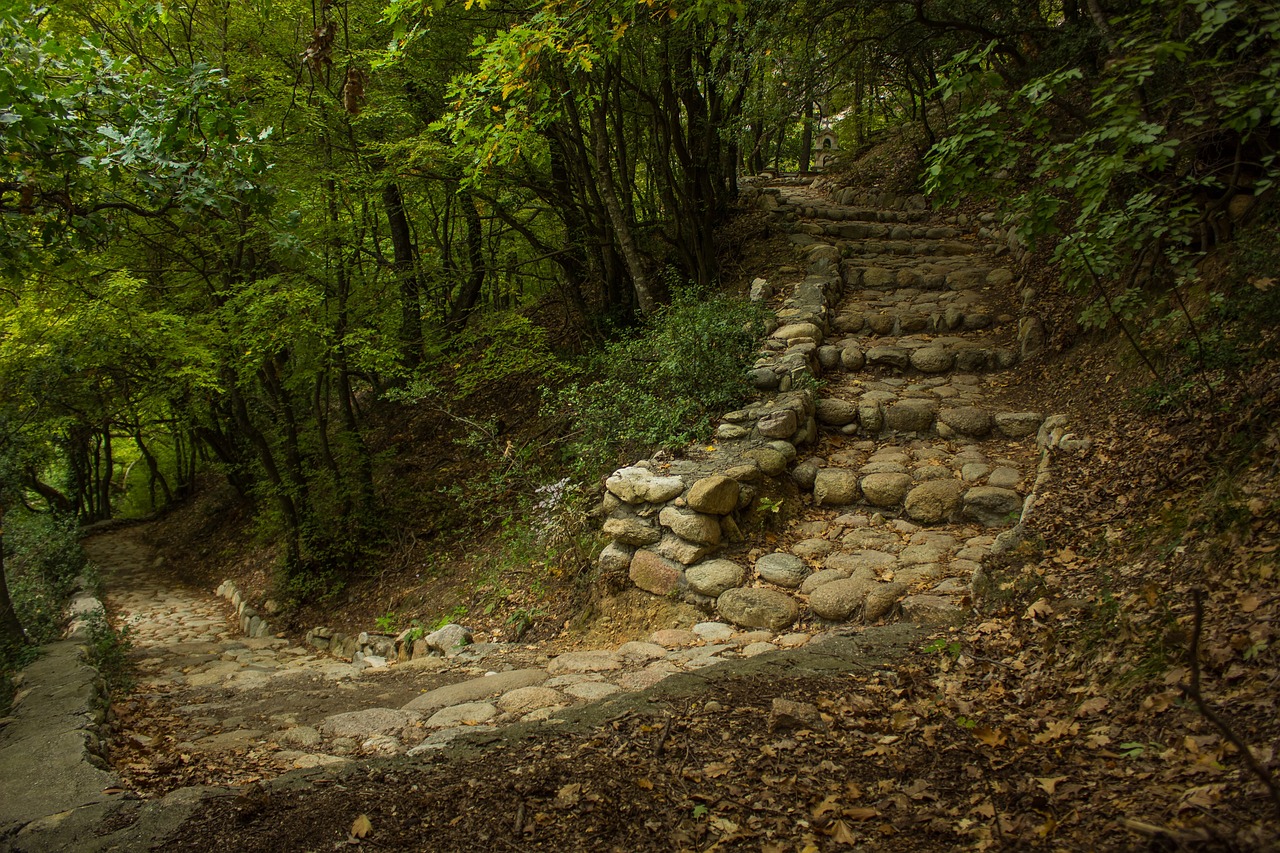Introduction
As cities continue to expand and urban areas sprawl across the landscape, wildlife faces a unique set of challenges. The encroachment of human development into natural habitats often forces animals to adapt or perish. Surprisingly, many species have displayed remarkable resilience and adaptability, thriving in what we often refer to as concrete jungles. Here, we explore how urban wildlife adapts to survive and even flourish amidst the hustle and bustle of city life.
As cities continue to expand and urban areas sprawl across the landscape, the challenges faced by wildlife have reached unprecedented levels. The encroachment of human development into once-pristine natural habitats has dramatically altered the environment for countless species. However, amidst the daunting challenges of urbanization, nature has revealed an astonishing capacity for resilience and adaptation. Many species have not only found ways to survive but have also learned to thrive in what we often refer to as concrete jungles. These urban-adapted animals offer a fascinating glimpse into the complex dynamics of coexistence between nature and human civilization.
The relentless growth of cities has led to habitat fragmentation and loss on a massive scale. Wildlife populations have had to confront shrinking territories, dwindling food sources, and increased exposure to pollution and road hazards. The need to adapt has become a matter of life or death for these animals. Some of the most remarkable adaptations include shifts in behavior, diet, and even physical characteristics.
Behavioral Adaptations: One of the first strategies employed by urban wildlife is a change in behavior. Many nocturnal animals, such as raccoons and opossums, have adjusted their activity patterns to be more diurnal, reducing their chances of encountering humans or predators during the night. By altering their schedules, they can access food sources and shelter with greater safety.
Altered Diets: Urban environments provide a smorgasbord of new dietary options. Some animals have developed a taste for human-made food, scavenging through trash bins, foraging in parks, or even catching city-dwelling prey like pigeons and rats. In doing so, they have embraced a diet that may differ significantly from their natural counterparts.
Smaller Territories: To compensate for the loss of habitat, some animals have downsized their territories. Smaller territories require less energy and time to defend, which can be advantageous in densely populated urban landscapes. It’s a strategic move that allows these animals to maximize their chances of survival and reproduction.
Niche Selection: Urban wildlife often discovers unique niches within the cityscape. Birds, for instance, may nest on high-rise building ledges, while bats find shelter in attics and abandoned structures. These adaptations provide urban animals with critical shelter and protection from predators.
Increased Intelligence: Urban environments present cognitive challenges for wildlife. Animals must learn to navigate busy streets, avoid traffic, and find food in unconventional places. This often results in increased intelligence as urban animals develop problem-solving skills to thrive in their surroundings.
As fascinating as these adaptations are, they also raise important questions about human-wildlife interactions and conservation efforts. While some urban-adapted animals become more tolerant or even dependent on human presence, others can become pests or pose health risks. Balancing the needs of human populations with the preservation of urban biodiversity requires thoughtful planning, conservation initiatives, and responsible urban development.
In conclusion, the ability of urban wildlife to adapt and flourish in the face of urbanization is a testament to the tenacity and resilience of the natural world. While the challenges are considerable, these remarkable creatures demonstrate that coexistence between nature and civilization is possible, even in the most unexpected places. Understanding how urban wildlife adapts not only enriches our knowledge of the natural world but also underscores the importance of creating sustainable urban environments where both humans and wildlife can thrive side by side.
Should you desire more in-depth information, it’s available for your perusal on this page: The Alleys Have Eyes: Books about Urban Wildlife Hiding All …
Urban wildlife often develops behavioral adaptations to navigate the challenges of city living. Nocturnal animals, for example, may become more diurnal to avoid human disturbances during nighttime. Likewise, some species modify their diet, incorporating human food sources such as discarded fast food and pet food. Behavioral flexibility enables these creatures to coexist with humans and take advantage of urban resources.
Urban wildlife, faced with the relentless and ever-expanding presence of human civilization, showcases a remarkable capacity for adaptation. In this dynamic ecosystem of concrete and steel, the survival of these creatures hinges on their ability to evolve and thrive in the face of challenges unique to city living.
One of the most intriguing adaptations observed in urban wildlife is the alteration of their daily rhythms. Nocturnal animals, traditionally active under the cover of darkness, find themselves forced to shift their habits. In response to the cacophony of urban life during the night, many of them become more diurnal, seeking refuge in daylight hours to avoid the disturbances caused by human activities. This behavioral adjustment is a testament to the resilience of these creatures, as they rewire their internal clocks to ensure their safety and sustenance.
Another captivating aspect of urban wildlife’s adaptation is their diet diversification. In the city, where natural food sources may be scarce or polluted, these resourceful beings have learned to incorporate human-generated sustenance into their diets. Discarded fast food, overflowing dumpsters, and even pet food left outdoors become new sources of nourishment. Through trial and error, they’ve discovered ways to exploit these readily available resources, further highlighting their ability to adapt to the human-dominated environment.
The key to urban wildlife’s success in coexisting with humans lies in their behavioral flexibility. This adaptability enables them to not only survive but also to take advantage of the urban landscape’s unique resources. It showcases nature’s remarkable resilience in the face of urbanization and serves as a reminder that even in the most unexpected places, life finds a way. Understanding and appreciating the tenacity and resourcefulness of urban wildlife can inspire us to find more sustainable ways to coexist with these resilient creatures in our ever-expanding cities.
Looking for more insights? You’ll find them right here in our extended coverage: Adaptation and Survival
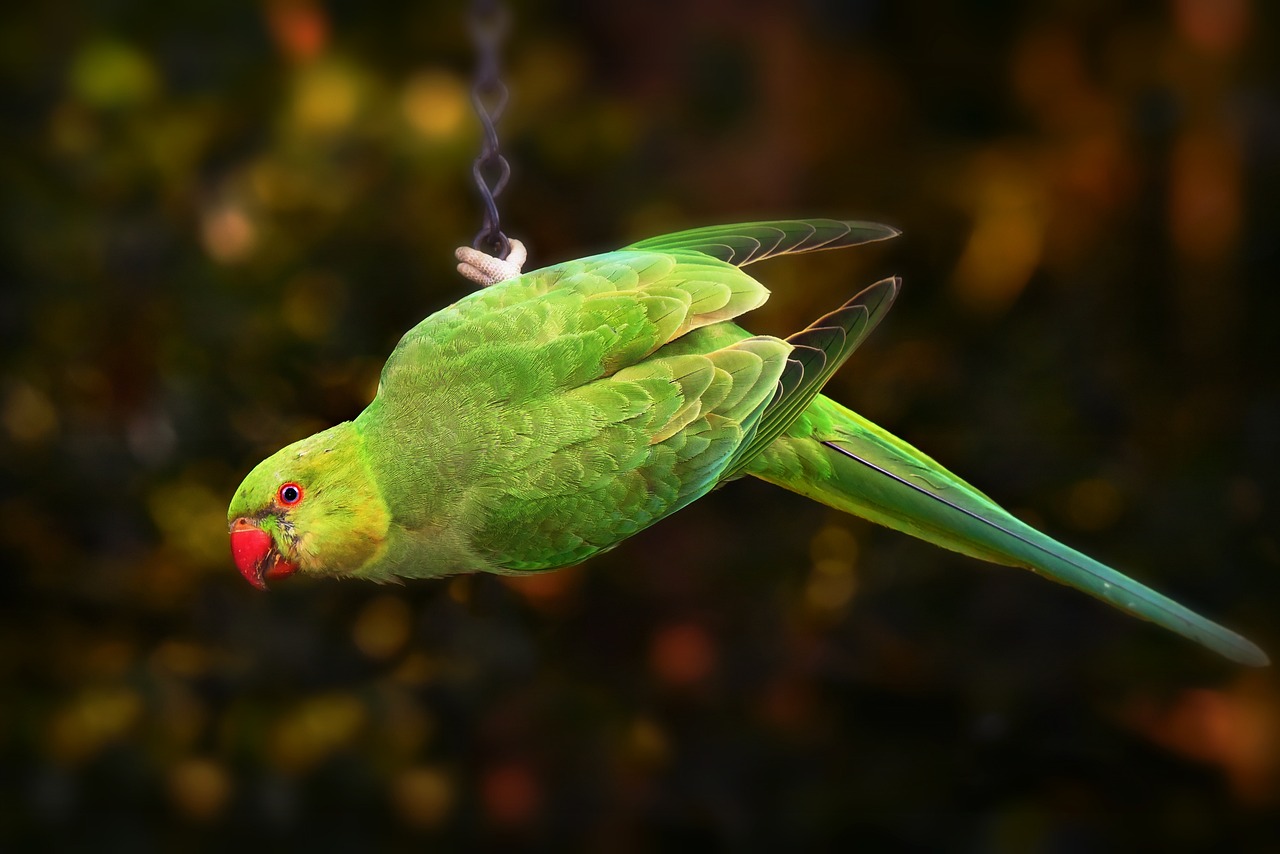
Cities offer an array of new dietary opportunities for wildlife. Pigeons, for instance, have become synonymous with urban environments worldwide, subsisting on a diet of discarded breadcrumbs and other human-provided food scraps. Additionally, some urban animals, like raccoons and foxes, have adapted to scavenging through trash cans for sustenance. These dietary shifts are a testament to the adaptability of urban wildlife.
Cities offer an array of new dietary opportunities for wildlife, showcasing the remarkable adaptability of creatures in urban environments. Pigeons, for instance, have become iconic denizens of cities worldwide, thriving on a diet primarily comprised of discarded breadcrumbs and other human-provided food scraps. Their ability to subsist in the midst of concrete jungles is a testament to their incredible capacity to adapt to changing circumstances.
Furthermore, some urban animals, such as raccoons and foxes, have honed their scavenging skills, turning trash cans into veritable buffets. These clever creatures have not only learned to navigate the urban landscape but have also developed strategies to procure sustenance from the refuse of human society. Their resourcefulness in finding nourishment within the city’s waste stream underscores the adaptability of urban wildlife, showcasing how they can evolve alongside human development.
In this coexistence between wildlife and urbanization, we witness a dynamic interplay between the natural world and the human-made environment. It serves as a reminder that nature, even in the most unexpected of places, can find a way to thrive, adapt, and persist, highlighting the resilience and versatility of the creatures we share our cities with. This unique relationship underscores the need for responsible urban planning that considers the impact of our actions on these adaptable urban inhabitants and strives to strike a balance between human development and the preservation of the natural world.
Should you desire more in-depth information, it’s available for your perusal on this page: Wildlife: Thriving in the concrete jungle
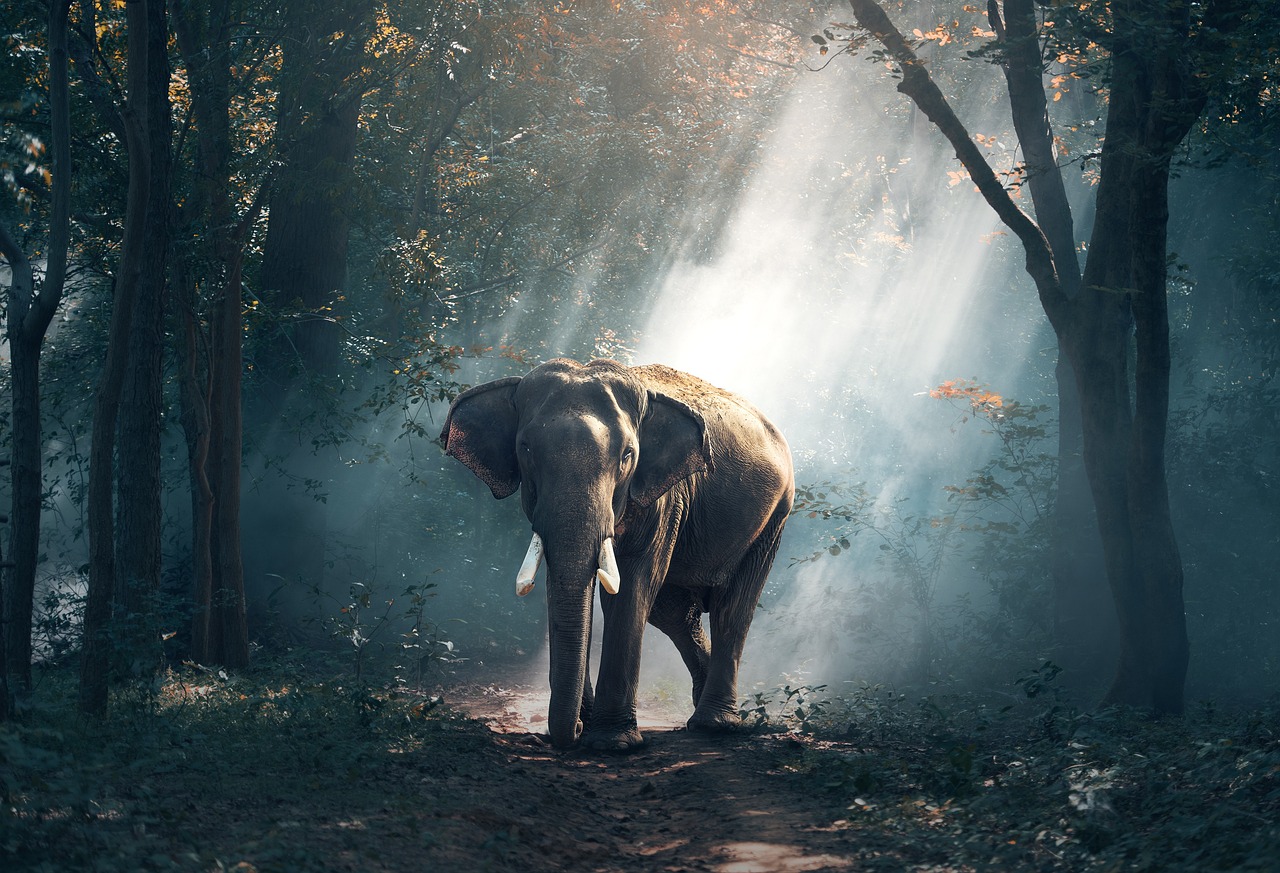
One of the most significant challenges urban wildlife faces is habitat loss due to urbanization. To compensate, some animals have adapted by reducing their territory size. Smaller territories require less energy and time to defend, which can be advantageous in a densely populated urban landscape.
One of the most significant challenges urban wildlife faces is habitat loss due to urbanization. As cities expand and natural habitats are replaced with buildings, roads, and infrastructure, animals find themselves in a struggle for survival. However, nature is remarkable in its adaptability, and some species have shown incredible resilience by adapting to these new urban environments. One such adaptation is the reduction of territory size.
In the face of dwindling natural habitats, many urban-dwelling animals have evolved to require smaller territories for survival. This reduction in territory size can be seen as a strategic response to the unique challenges posed by urbanization.
Smaller territories offer several advantages to urban wildlife. Firstly, they require less energy and time to defend. In densely populated urban landscapes, competition for resources can be intense. By having a smaller territory, animals can more effectively patrol and protect their limited resources, such as food and shelter. This efficient use of energy and time is crucial for their survival.
Furthermore, smaller territories may also enable animals to remain inconspicuous within the urban environment. In a city teeming with human activity, blending into the background can be a valuable survival tactic. By keeping a lower profile and reducing their territorial boundaries, these animals can avoid unnecessary conflicts with humans and predators.
Additionally, smaller territories may encourage more efficient foraging patterns. With less ground to cover, urban wildlife can focus their efforts on areas where they are more likely to find food. This adaptability in foraging strategies can increase their chances of finding sustenance in an urban landscape where natural food sources may be limited.
Another advantage of reduced territory size is the potential for increased population density. While this may seem counterintuitive, it can actually benefit the long-term survival of certain species. In urban areas, where space is limited, having smaller territories allows for more individuals of a species to coexist within the same urban ecosystem. This can lead to more opportunities for mating and gene flow, ultimately promoting genetic diversity within the population.
In conclusion, while urbanization poses a significant threat to wildlife by causing habitat loss, some animals have responded with remarkable adaptability. Embracing smaller territories has become a survival strategy for many urban-dwelling species, allowing them to conserve energy, avoid conflicts, optimize foraging, and potentially increase their population density. As urban environments continue to expand, understanding these adaptive behaviors can aid in the conservation and coexistence of urban wildlife and humans.
For additional details, consider exploring the related content available here Deforestation and Forest Degradation | Threats | WWF
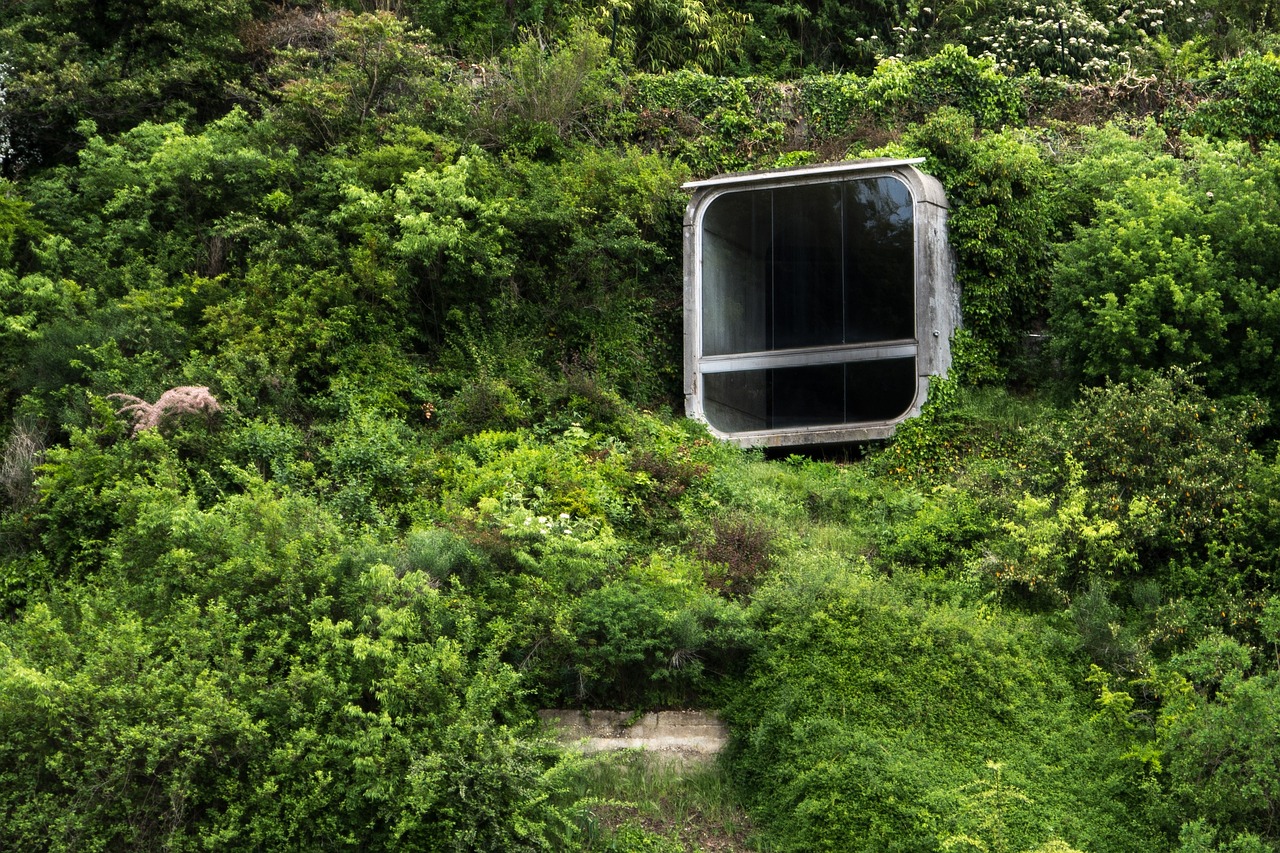
Urban wildlife often find unique niches within cities. Birds, for example, may nest on ledges and in crevices on buildings, while bats roost in attics and abandoned structures. These niche selections provide shelter and protection from predators, making it easier for them to survive and reproduce in urban areas.
Urban environments, despite their concrete jungles and bustling streets, have an astonishing ability to foster diverse wildlife populations. The adaptability of various species is showcased as they carve out unique niches within cities. This phenomenon extends beyond just birds and bats; numerous creatures, both expected and unexpected, have found innovative ways to thrive in urban settings.
One notable group that excels in urban habitats is the raccoon family. Raccoons are masters of adaptation and can be found rummaging through garbage cans and raiding dumpsters for food. Their ability to subsist on human-generated waste highlights their incredible resilience in the face of urban challenges. These crafty creatures also seek refuge in the nooks and crannies of buildings, from hollow trees to attics, adapting their nesting habits to urban structures.
Squirrels, too, have capitalized on the urban landscape. These agile rodents nimbly traverse power lines, leap between trees, and even utilize telephone poles as highways. They’ve become a ubiquitous sight in urban parks and green spaces, where they effortlessly adapt their tree-dwelling behaviors to city life. Squirrels are opportunistic nesters, often using abandoned bird nests or constructing their own cozy dens in trees and buildings.
Insects, like bees and butterflies, also play a crucial role in urban ecosystems. Despite the concrete and asphalt, urban gardens, parks, and green rooftops provide vital nectar sources for these pollinators. Urban beekeepers are increasingly establishing hives on rooftops and in community gardens, fostering the survival of bee populations in cities while also contributing to urban agriculture.
Even fish find their place in cities. Some water bodies within urban areas, like ponds and small lakes, may support fish populations, offering a unique habitat for species that can adapt to changing water conditions. Urban fish, much like their rural counterparts, contribute to the balance of local ecosystems and provide recreational opportunities for city dwellers.
Insects, birds, mammals, and fish are just a few examples of the diverse array of wildlife that urban environments can support. It’s a testament to nature’s resilience and adaptability. As cities continue to grow and evolve, it’s important to appreciate and protect these unique urban ecosystems and the creatures that call them home. By doing so, we can ensure that our cities remain not only human-friendly but also hospitable to the wildlife that adds an unexpected touch of nature to our urban landscapes.
If you’d like to dive deeper into this subject, there’s more to discover on this page: The human impact on biological diversity. How species adapt to …
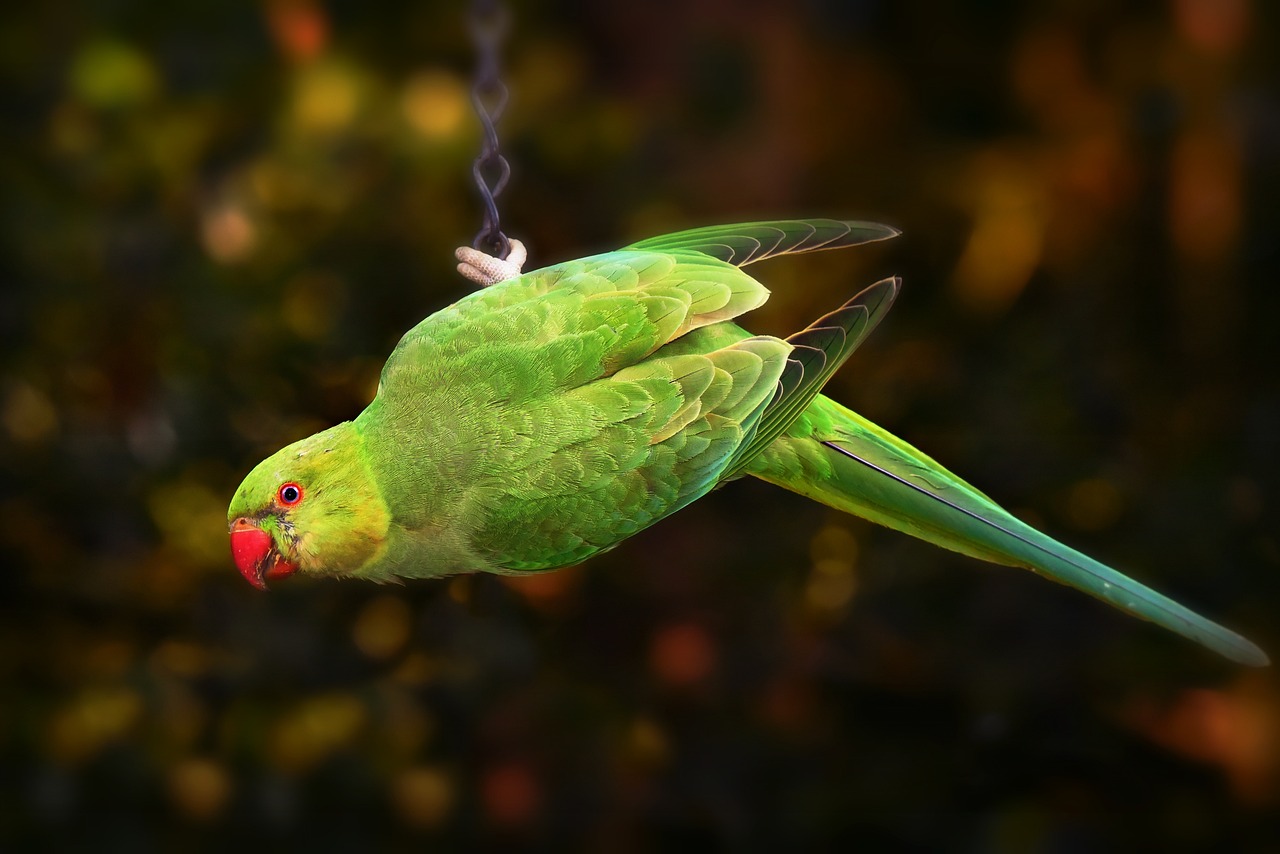
Urban environments pose new cognitive challenges for wildlife. Animals must learn to navigate streets, avoid traffic, and find food in unconventional places. This often results in increased intelligence as urban animals develop problem-solving skills to thrive in their surroundings.
Urban environments pose new cognitive challenges for wildlife. Animals must learn to navigate streets, avoid traffic, and find food in unconventional places. This often results in increased intelligence as urban animals develop problem-solving skills to thrive in their surroundings.
In urban jungles, animals face a multitude of obstacles that their rural counterparts seldom encounter. These challenges demand adaptability, quick thinking, and a willingness to experiment. As a result, many urban-dwelling species demonstrate remarkable cognitive growth:
Spatial Awareness: Animals in urban settings must become experts at understanding complex layouts of streets, buildings, and green spaces. They often develop advanced spatial cognition, allowing them to efficiently navigate through the maze-like cityscape. Some birds, for instance, have been observed using landmarks to find their way.
Traffic Smarts: Learning to avoid vehicular traffic is a crucial skill for urban animals. Creatures like squirrels and raccoons often display enhanced decision-making abilities as they assess when and where it’s safe to cross roads. This intelligence not only improves their chances of survival but also reduces the risk of accidents involving both wildlife and vehicles.
Problem Solving: Finding food in urban environments can be a puzzle. Urban animals, such as crows and pigeons, have been known to use tools to access hard-to-reach food sources. They learn to manipulate objects like sticks or wires to extract a meal, showcasing their problem-solving prowess.
Adaptability: Urban environments are ever-changing, with new structures and obstacles constantly appearing. Animals that adapt quickly to these changes often thrive. This adaptability can translate into cognitive flexibility, allowing them to adjust their behaviors and strategies in response to new challenges.
Communication: Some urban animals, like city-dwelling foxes, may develop more sophisticated communication skills. They need to coordinate with fellow pack members to navigate the urban landscape effectively, often using subtle cues and signals to communicate.
Learning from Humans: Urban wildlife also learns from human behaviors. They observe and adapt to human routines, such as raiding trash cans for food or recognizing feeding patterns in parks. This kind of social learning demonstrates an ability to understand and leverage human actions to their advantage.
Problem-Solving Innovations: Some urban animals have even developed innovative solutions to urban challenges. For instance, seagulls in coastal cities have been observed dropping clams from great heights to crack them open, a behavior not seen in their rural counterparts.
In essence, urbanization presents wildlife with a unique set of cognitive challenges that push them to adapt and evolve. These challenges encourage animals to develop new skills and strategies, which not only help them survive in the city but also showcase the incredible capacity of nature to adapt to changing environments. Studying urban wildlife intelligence not only enriches our understanding of these creatures but also provides insights into the broader concept of animal cognition and adaptability in an ever-evolving world.
Additionally, you can find further information on this topic by visiting this page: Environmental Impact: Concept, Consequences, Measurement – PMC

Interactions between humans and urban wildlife can be both beneficial and detrimental. While some animals become more tolerant of humans, others, like squirrels and pigeons, often lose their fear altogether, allowing for closer observation. However, these interactions can lead to conflicts when wildlife encroach on human spaces or become pests.
Interactions between humans and urban wildlife constitute a complex and multifaceted relationship that carries both positive and negative consequences for both parties involved. These encounters offer a unique opportunity to foster a greater understanding of our natural world and the creatures that share our urban environments.
On one hand, some urban wildlife species adapt remarkably well to the presence of humans, becoming more tolerant of our activities. This adaptation allows for extraordinary opportunities for closer observation and study. Squirrels and pigeons, for instance, often lose their initial fear of humans, enabling researchers and nature enthusiasts to observe their behavior and biology up close. This newfound proximity has led to valuable insights into their habits, intelligence, and ecological roles, enriching our understanding of these often-overlooked species.
Moreover, these interactions can provide a sense of connection to the natural world for city dwellers who might otherwise feel disconnected from nature. Feeding pigeons in the park or watching squirrels play in urban trees can foster a sense of wonder and appreciation for the wildlife that coexists with us in our cities. These moments of connection can promote a sense of responsibility for the well-being of these animals and, in turn, inspire a desire to protect urban wildlife and their habitats.
However, it’s essential to recognize that these interactions are not without their downsides. When wildlife becomes too comfortable around humans, it can lead to conflicts and challenges. Some animals, seeking food or shelter, may encroach on human spaces, leading to property damage or even posing risks to human health and safety. In these cases, conflicts arise, and measures may need to be taken to mitigate the issues while ensuring the well-being of both the animals and human communities.
Furthermore, as wildlife populations adapt to urban life, it can disrupt the delicate balance of local ecosystems. Some species may thrive in urban environments while others struggle, potentially leading to shifts in biodiversity and ecological dynamics. Managing these changes becomes a critical challenge for urban planners and conservationists seeking to maintain healthy, sustainable ecosystems within our cities.
In conclusion, interactions between humans and urban wildlife are a double-edged sword, offering opportunities for observation, connection, and appreciation on one side and presenting challenges and conflicts on the other. Striking a balance between coexistence and managing these encounters is essential for maintaining the harmony between urban environments and the wildlife that calls them home. As we continue to urbanize, it is crucial that we approach this relationship with care and consideration, striving for a future where both humans and urban wildlife can thrive side by side in our ever-expanding cities.
For additional details, consider exploring the related content available here Learning Hub: Wildlife in New York City Parks : NYC Parks
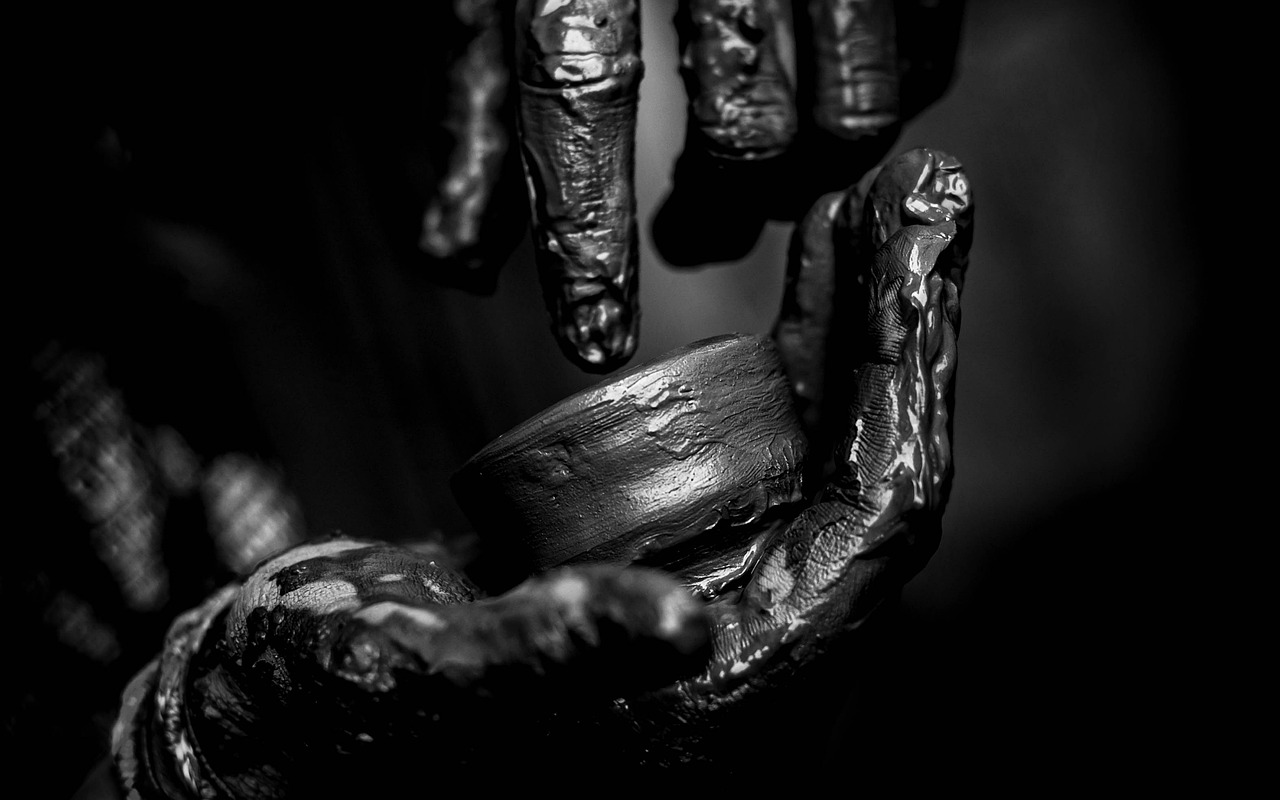
Recognizing the importance of urban wildlife, many cities now implement conservation efforts. Green spaces, wildlife corridors, and protected areas within urban environments provide a refuge for native species. These conservation measures aim to strike a balance between human needs and wildlife preservation.
Recognizing the importance of urban wildlife, many cities now implement conservation efforts to safeguard their delicate ecosystems. In the face of increasing urbanization, these initiatives have become essential to maintaining the biodiversity and ecological balance within city limits.
Green spaces, often in the form of parks and gardens, play a pivotal role in this endeavor. They not only serve as recreational areas for residents but also double as sanctuaries for local flora and fauna. These green oases provide essential habitats for birds, insects, and small mammals, allowing them to thrive amidst the concrete jungle.
Wildlife corridors are another integral component of urban conservation strategies. These carefully planned pathways connect fragmented patches of natural habitat, enabling species to move freely and access essential resources. By bridging the gaps created by roads, buildings, and other urban structures, wildlife corridors help prevent isolation and inbreeding among populations, promoting genetic diversity and long-term survival.
Protected areas within urban environments function as safe havens for native species. These designated zones are off-limits to most human activities, allowing wildlife to flourish undisturbed. Whether it’s a wetland teeming with waterfowl or a forested enclave providing refuge for elusive urban-dwelling creatures, these sanctuaries are vital for preserving the natural heritage of cities.
These conservation measures represent a commitment to strike a harmonious balance between human needs and wildlife preservation. They not only enhance the quality of urban life by offering green spaces and recreational opportunities but also ensure that future generations can experience the wonder of coexisting with diverse wildlife in the heart of our cities. As cities continue to grow and evolve, the recognition of urban wildlife’s value and the dedication to its protection remain integral to fostering sustainable and resilient urban environments.
You can also read more about this here: Wildlife: Thriving in the concrete jungle
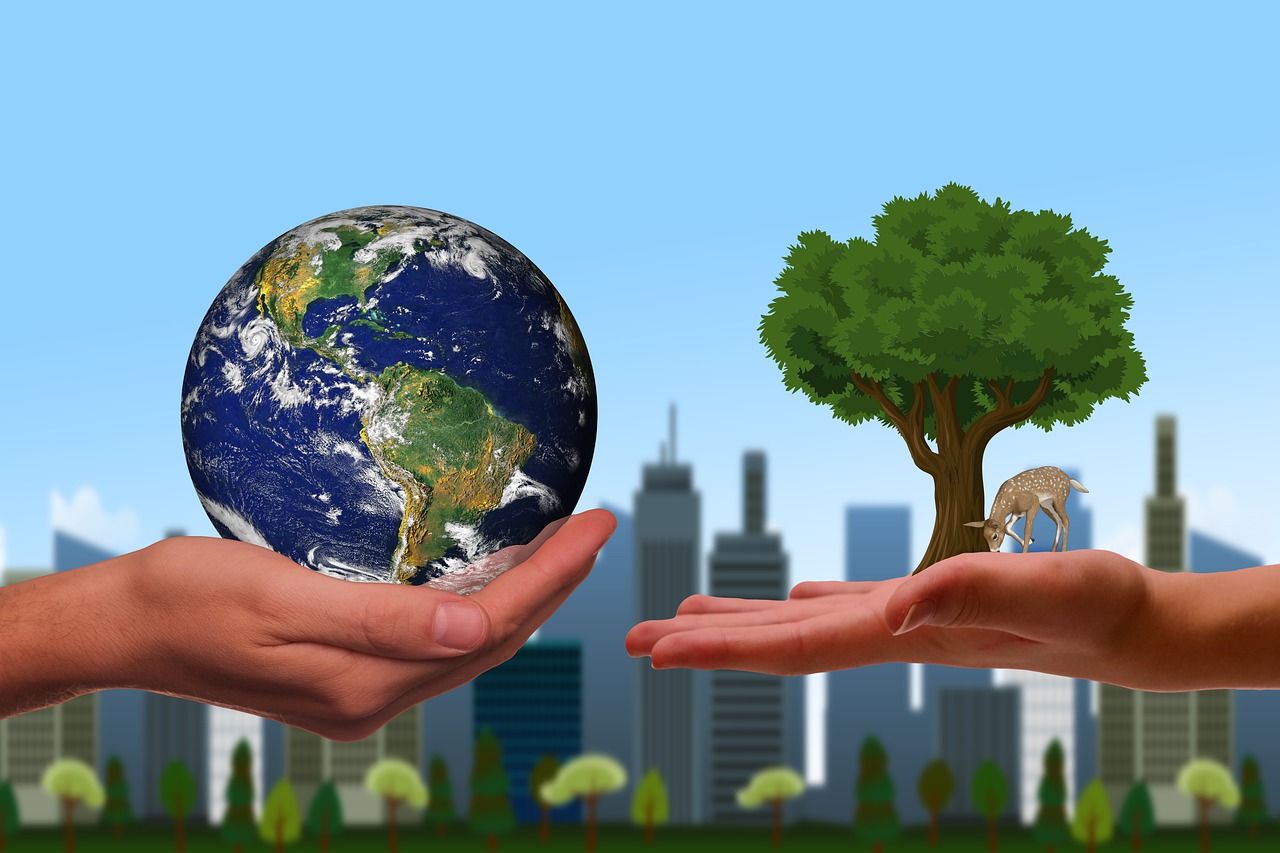
The adaptability of urban wildlife serves as a testament to the resilience of the natural world. These creatures are a living reminder that even in the most unlikely of places, life finds a way to persist and evolve.
The adaptability of urban wildlife serves as a testament to the resilience of the natural world. These creatures are a living reminder that even in the most unlikely of places, life finds a way to persist and evolve. In the concrete jungles and bustling streets of our cities, these animals have learned to navigate a world dominated by humans. They have adapted to the constant noise, artificial light, and pollution, proving that nature’s tenacity knows no bounds.
Urban wildlife also highlights the interconnectedness of all living beings. Their ability to coexist with us, despite the challenges, emphasizes the importance of our role as stewards of the environment. As we witness raccoons foraging in trash cans, peregrine falcons nesting on skyscrapers, and foxes darting through city parks, we are reminded that our actions impact not only our own species but the entire ecosystem.
Moreover, urban wildlife can inspire a sense of wonder and appreciation for nature in the hearts of city dwellers. Their presence in our daily lives serves as a valuable reminder that we are not separate from the natural world but an integral part of it. It encourages us to seek ways to harmonize our urban environments with the needs of these resilient creatures, fostering a more sustainable coexistence.
Ultimately, the adaptability of urban wildlife is a testament to the enduring power of life and the potential for positive change in our cities. It prompts us to reconsider how we design and manage our urban spaces to ensure that both human and non-human inhabitants can thrive together, creating a more harmonious and resilient world for all.
You can also read more about this here: Learning Hub: Wildlife in New York City Parks : NYC Parks

Conclusion
In conclusion, the coexistence of urban wildlife with human populations highlights the incredible adaptability of these creatures. While challenges persist, these animals continue to demonstrate their ability to thrive in the ever-expanding concrete jungles of our cities. As we witness these adaptations, we are reminded of the importance of fostering harmony between urbanization and the preservation of our natural world. By understanding and appreciating the ways in which animals adapt to city life, we can work towards creating environments where both humans and wildlife can flourish together.
In conclusion, the coexistence of urban wildlife with human populations highlights the incredible adaptability of these creatures. While challenges persist, these animals continue to demonstrate their ability to thrive in the ever-expanding concrete jungles of our cities. From raccoons rummaging through our trash cans to peregrine falcons nesting on skyscrapers, their tenacity is nothing short of remarkable.
As we witness these adaptations, we are reminded of the importance of fostering harmony between urbanization and the preservation of our natural world. Our cities are expanding at an unprecedented rate, and the spaces for wildlife are shrinking. Yet, the resilience of these animals serves as a beacon of hope.
By understanding and appreciating the ways in which animals adapt to city life, we can work towards creating environments where both humans and wildlife can flourish together. This calls for responsible urban planning, green infrastructure, and conservation efforts that safeguard the habitats these animals rely on. It also requires a shift in our perspective – viewing urban wildlife not as nuisances but as integral parts of our urban ecosystem.
In the end, our ability to coexist with urban wildlife reflects our commitment to a sustainable future. It’s a reminder that even in the midst of bustling cities, nature’s wonders can persist, and by preserving these connections, we enrich both our lives and the lives of the creatures that share our urban landscapes.
For additional details, consider exploring the related content available here The human impact on biological diversity. How species adapt to …
More links
You can also read more about this here: Learning Hub: Wildlife in New York City Parks : NYC Parks
